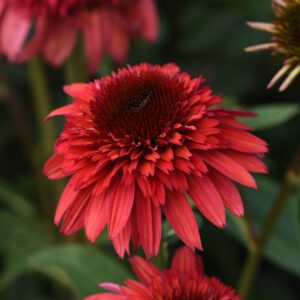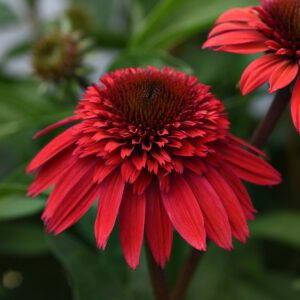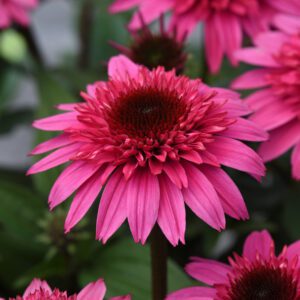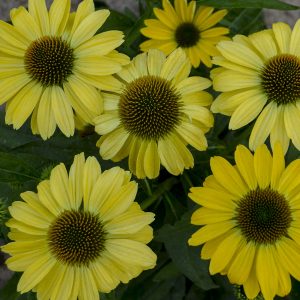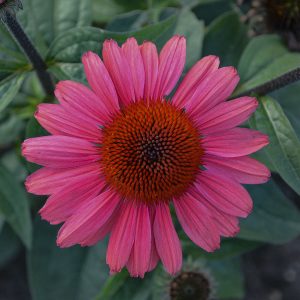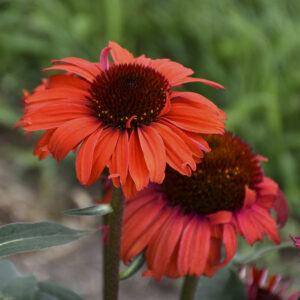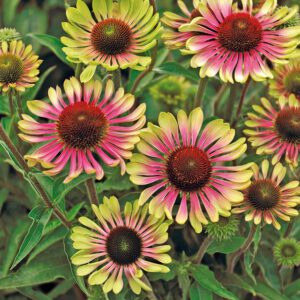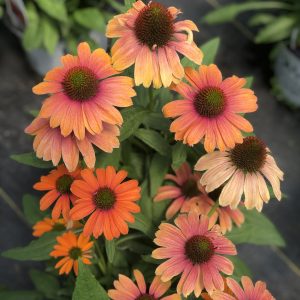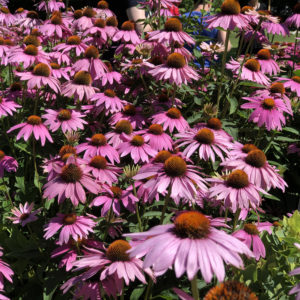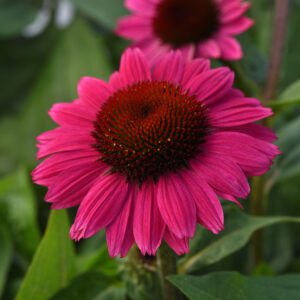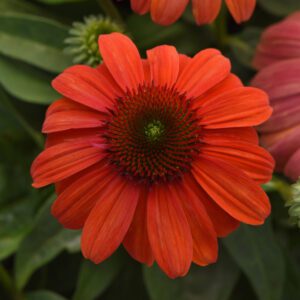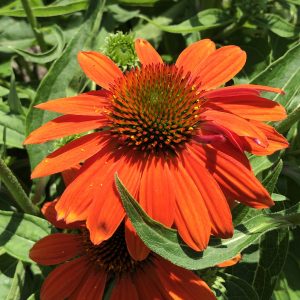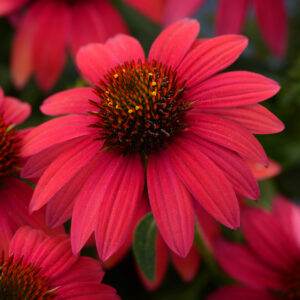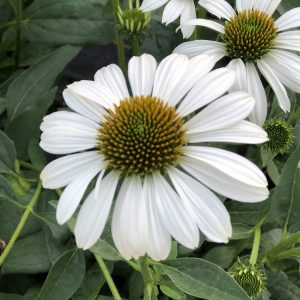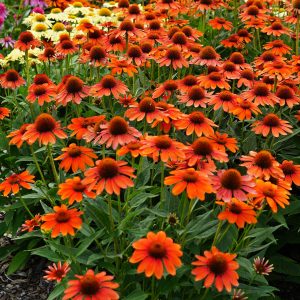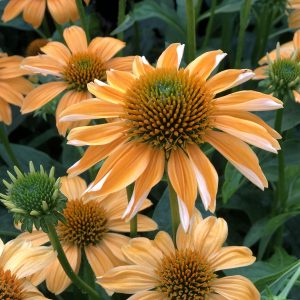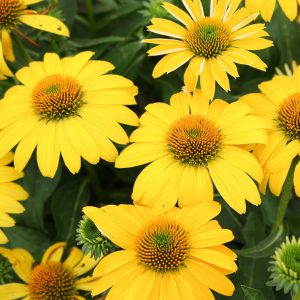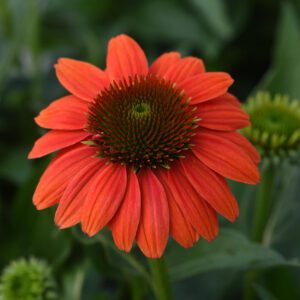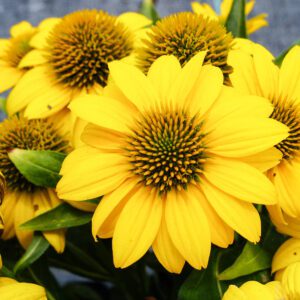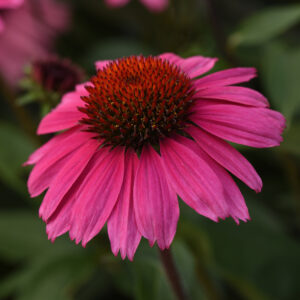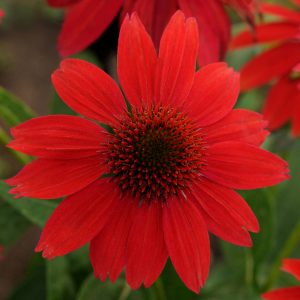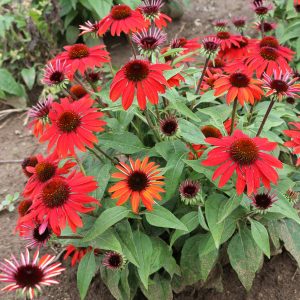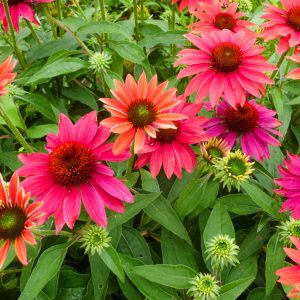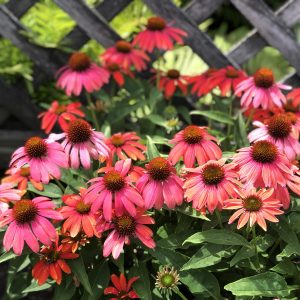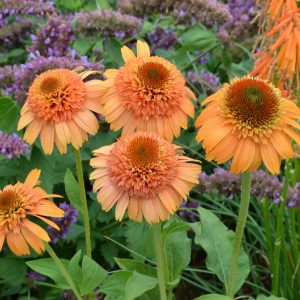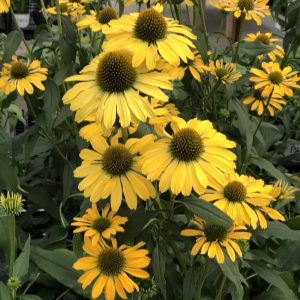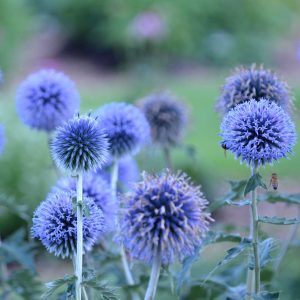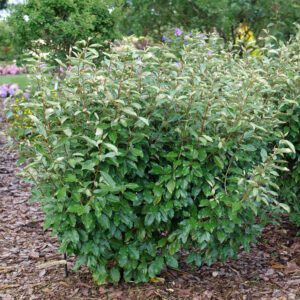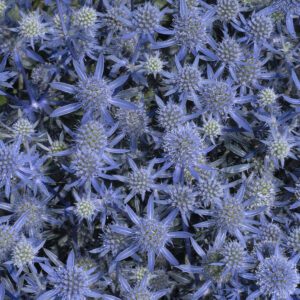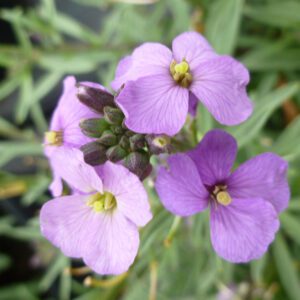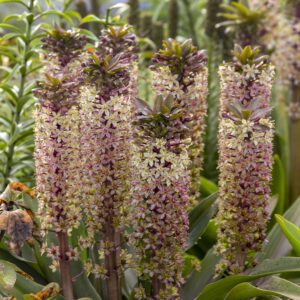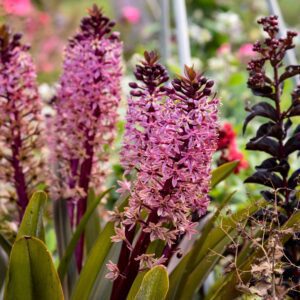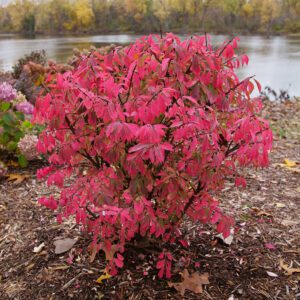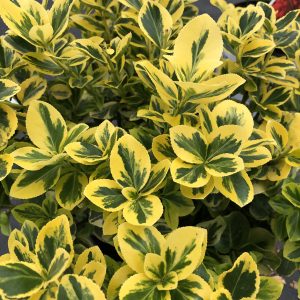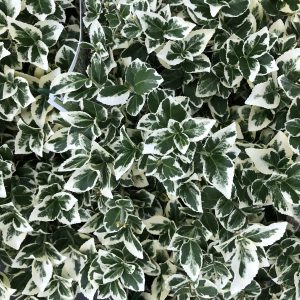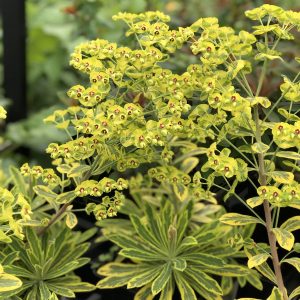Fall is for Planting
 Get a Jump Start on Next Years Garden!
Get a Jump Start on Next Years Garden!
Even though most gardeners consider the spring the optimum time to plant perennials and shrubs, they do not realize there are many benefits of planting these items in the fall.
Perennials and shrubs planted in the fall become established without the temperature stress often experienced during the late spring and summer months. In many instances, this ‘heat’ stress reduces a plants appearance and growth during the summer and in extreme circumstances may even result in plant mortality. When plants are stressed during the entire growing season, they also may not be able to withstand the freezing temperatures during the winter months and could succumb to cold injury.
Fall planting allows perennials and shrubs to become established under much less stressful growing conditions. The roots can easily grow without having to support months of top growth and flowering during the summer. Additionally, with shortening days and cooler temperatures, there is less water lost through the leaves and the plants are less likely to wilt or suffer from transplant shock compared to spring or summer plantings. This allows the root systems to grow and get established under much less stressful conditions. Unlike spring planted perennials and shrubs, fall planted perennials and shrubs are usually well established prior to the start of active growth and before hot weather arises in the summer.
The warm soils of the fall are more suitable for rooting compared to cold spring soils. Surprisingly, root systems of fall planted perennials and shrubs continue to grow as long as the soil temperatures remain above 50° F. This root growth in the fall gives these plants a great head start for next spring. However, to allow adequate time for rooting, fall planting should occur at least 6 weeks before hard-freezing weather occurs. Most groundcovers and certain acid-loving plants like azaleas and rhododendrons prefer to be planted earlier in the year rather than in the late fall.
Fall is a wonderful time for planting perennials and shrubs. Planting hardy perennials and shrubs now gives you a jump start on spring chores and your fall plantings will deliver bigger and showier displays next year.
Click these links for more information on Perennial and Shrub planting and care recommendations.
Written by Paul Pilon: Perennial Solutions Consulting
Plant Type
Common Name
Sun Exposure
Hardiness Zone
Brand
Soil Moisture Needs
Attributes
Nature Attractions
Critter Resistance
Season of Interest (Flowering)
Design Use
Max Height
Max Spread
Growth Habit
Showing 289–324 of 911 results

